Praying Madonna
Oil on canvas, cm 81 x 69
With frame cm 83 x 95.5
A divine candor reverberates with vibrant shine on the Virgin’s maphorion. The palpable iridescence that structures its thin rosy robe, woven of the same fresh light, produces a slight rustle when you lift your hands. The Madonna in fact acts prayerful, opening her palms to underline the fiery ecstatic intention; the white neck is rendered with a perita fullness of pigments, Like the hands, perfectly alive, and the eyes gleam. With fine care the artist of the present configures the hair of the Virgin through thin white ribbons, which indicate purity. An evocative light falls softly on the half-bust, a materialized sign of divine glory.
The present is attributable to the late Mannerist climate that dominated in the capital after the emanation of the Council of Trento (1545-1563). The late-romantic licenses that still can be seen there, such as the intense lyricism in the stylistic figure adopted by the artist, are innervated in the new catechetical intention of At the end of the century, it produced a certain figurative rigorism. The present is still, however, a testament to that extraordinary Roman dynamism which elevated the capital to a bulwark for the whole mannerist lesson, balanced only by a second artistic center, that Florentine. The captivating transport of the Virgin reflects the contemporary examples of Giuseppe Valeriano (1542-96), a Jesuit painter who returned to the Church of the Roman Jesus in the Marriage of the Virgin, and in the Madonna Addolorata of the Altarpiece of Recanati equal ardor.
But it is in the Assumption of the Virgin painted with four hands and Scipio Pulzone (1540/2-1584) that this work reveals the greatest assonance. Valeriano waited for the decoration of the Chapel of Our Lady of the Street in the Church of Jesus, together with the Pulzone, with seven paintings related to the Stories of the Virgin; The Presentation to the Temple, in particular, offers the same brilliance of robes that also belongs to the present, of lucid liquefaction on the stretched arms of the priest. The gesture of the Virgin, of explicit immediacy, is also equal to that of the agitated Virgin announced by Marcello Venusti (1512/5-1579) of the Rijksmuseum in Amsterdam. It is still up to a work by Scipione Pulzone, the Immaculate for the Church of S. Francesco di Ronciglione (now Museum of Palazzo Doebbing) the intessibile reference, with the painting under examination, for the full face of Our Lady. The significant plurality of addresses that occurred in the papal area at the end of the century, encouraged by the need to spread the cultural program of new confraternities and religious orders, also justifies the memory of Federico Barocci (1528-1612), significantly similar to Raffaellino Motta said from Reggio (1550-1578) in the colorism. The lively modulation of the chromatic range, here by the dominant pink tones, were in fact sought, first of all, by the Baroque, a champion of the age of the Counter-Reformation; let us cite, for Baroque, the famous Madonna of cherries, while for the Motta il Tobiolo and l'angelo (Galleria Borghese, Rome), of noble and immediate shine as the present Madonna.
The object is in good condition
With Ars Antiqua you can defer all amounts up to a maximum of € 7,500 at ZERO RATE, for a total of 15 INSTALLMENTS.
Ex. Tot. € 4,500 = Monthly installment € 300 for 15 months.
Ex. Tot. € 3,600 = Monthly installment € 720 for 5 months.
For amounts over €7,500 or for a longer grace period (over 15 installments), we can provide a custom payment.
Contact us directly to get the best quote.
LIVE TV
- SUNDAY 17.00 - 21.00 Dig.terr. 126 + 809 SKY
- Streaming on our website www.arsantiquasrl.com and on our social networks Facebook and Youtube
All the works proposed by Ars Antiqua are sold accompanied by a certificate of authenticity in accordance with the law and accurate fact sheet.
You can see the works directly at the showroom gallery in Milan, in via Pisacane 55 and 57.
We personally organize transport and deliveries of the works, both for Italy and abroad.




















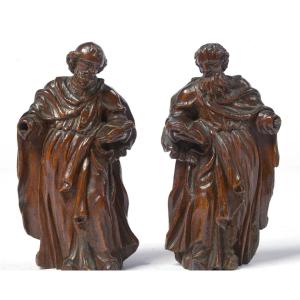


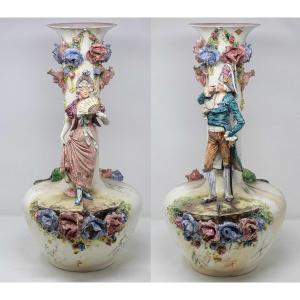
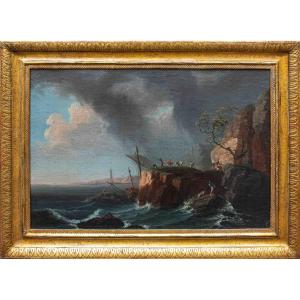


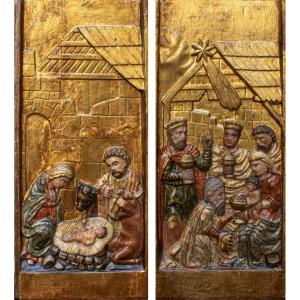
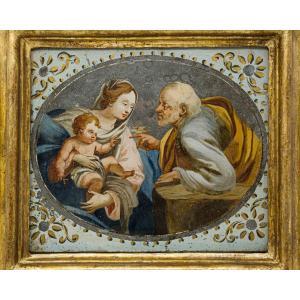




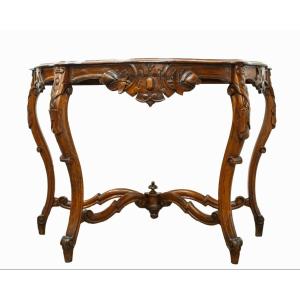
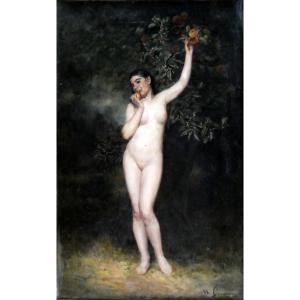







 Le Magazine de PROANTIC
Le Magazine de PROANTIC TRÉSORS Magazine
TRÉSORS Magazine Rivista Artiquariato
Rivista Artiquariato